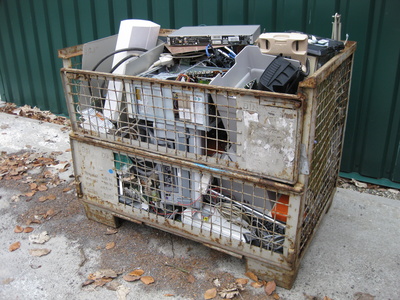According to this report, consumers purchased over one billion devices in 2015, and there are currently 3.8 billion devices in households. It predicts that processing this electrical and electronic waste will be become more challenging as devices and their components get smaller and smaller.
Key strategies to deal with this waste include refurbishment and reuse, but a more efficient and effective collection system is required. One possible solution, as per the report, is a nationwide ban on dumping e-waste in landfills.
The report was formed through surveys at 37 organisations, including trade groups, recyclers, refurbishing businesses, NGOs and consumer electronics companies. It found a 15% year-over-year rise in the number of wearable devices and mobile devices entering the market, with the average household estimated to have 24 devices.
The report forecasts that US households will generate close to 800 million used electronic units in 2020, much of which may remain in their houses for years on end.
The NCER report highlights the need to find ways for properly disposing these devices as they become obsolete and undergo rapid technological advances. It called for new collection systems that can transport the material across shorter distances, and that are better equipped for handling the materials.
Meanwhile, companies have started efforts to ensure that their devices are not dumped in landfills. States are also assessing new laws to keep up with the new technology. Nevertheless, the Basel Action Network has still found companies following irresponsible disposal practices. Given the economic opportunities involved in reusing and recycling equipment and the environmental hazards posed by improper disposal, there is significant opportunity and need for greater action in e-waste management.








